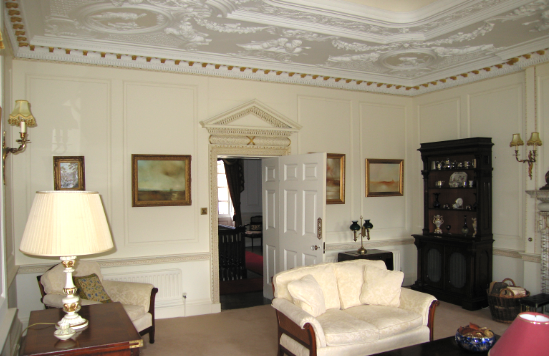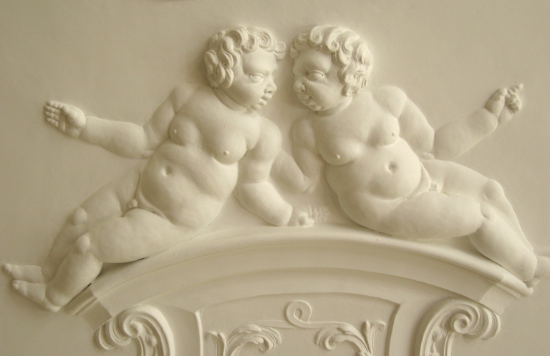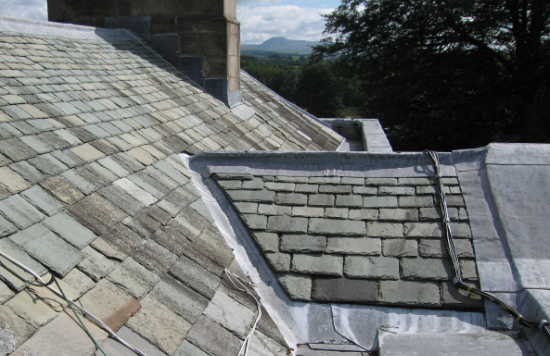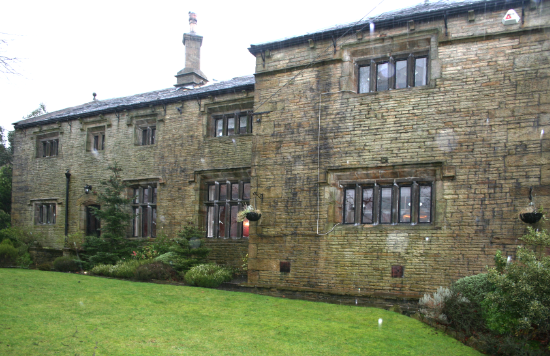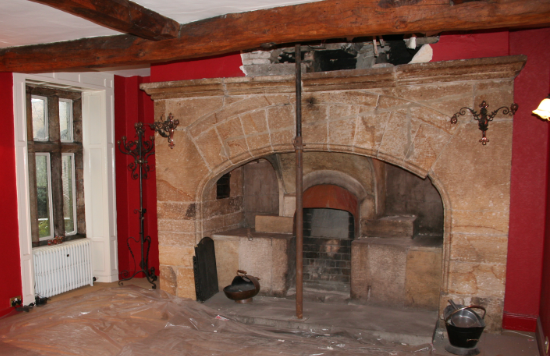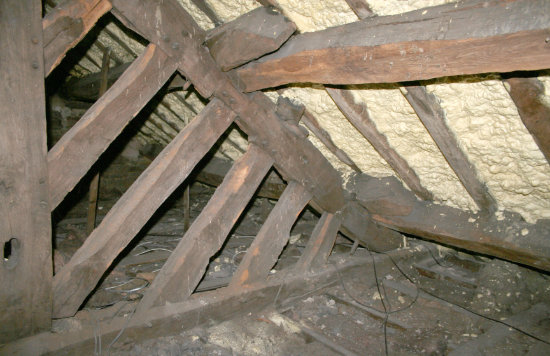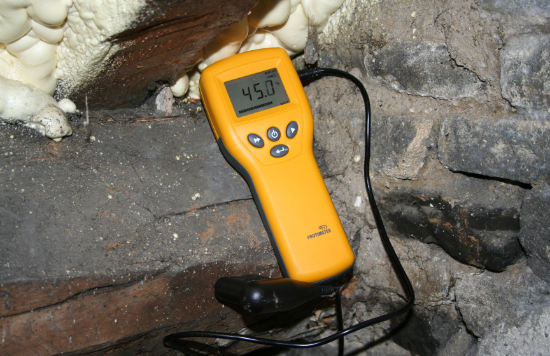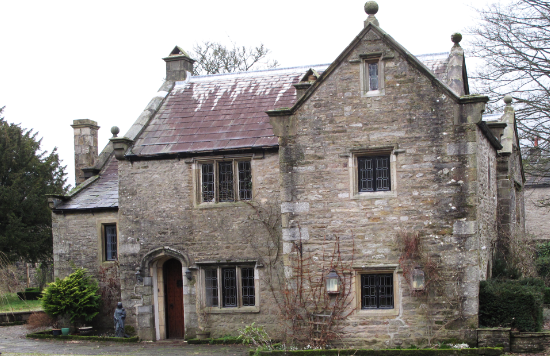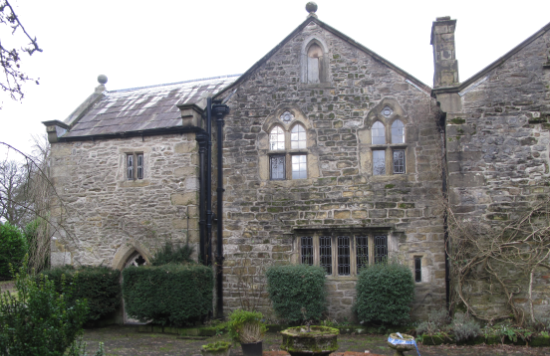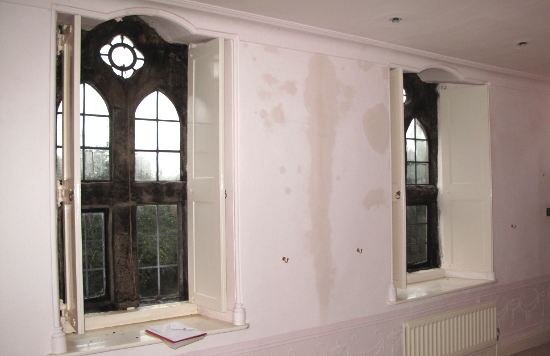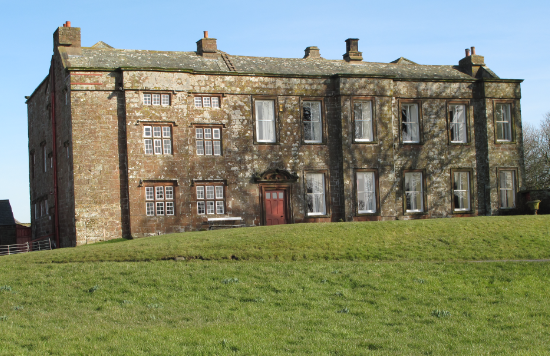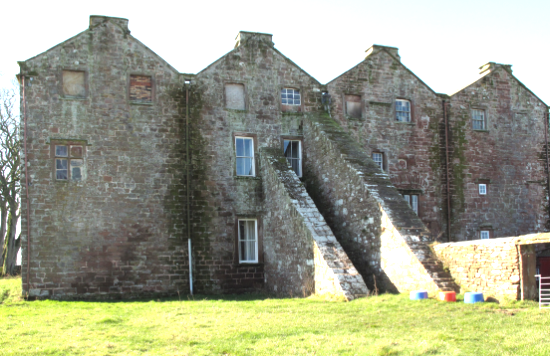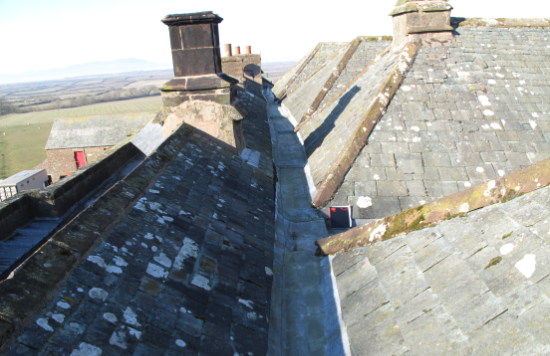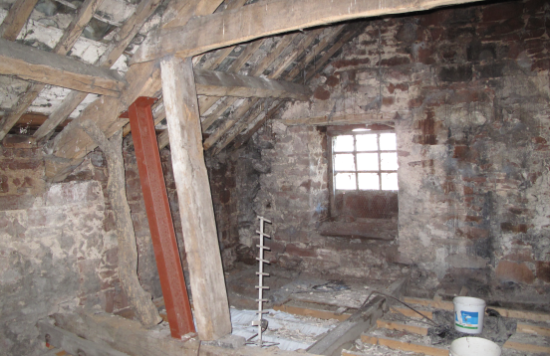We understand traditional materials and construction, as well as architectural history, building pathology and conservation, and do not provide mortgage valuations or reports based on superficial examinations. We usually spend at least one day on site, and often spend longer. We will never recommend getting a further damp and timber report from a chemical treatment contractor and will only recommend further investigation or monitoring when there is a clear justification for doing so.
Some Examples of Buildings we have Surveyed
A Grade I Listed house in North Lancashire, built circa 1740 and notable for its richly-decorated plasterwork. We carried out a survey for the owner before he put it on the market, to give a balanced and impartial opinion of its condition and future maintenance requirements. There was some damp in one corner that was beginning to affect the plaster cornices, and we found a fault in the design of the leadwork that meant that when a hopper overflowed in heavy rain water ran down the outside of the house instead of being safely directed away.
A Grade II* Listed house near Rochdale, built in the early 17th century and altered in the 20th century. We carried out a pre-purchase survey for our clients. Unfortunately, when we inspected the roof space we found that foam had been sprayed directly onto the undersides of the sandstone slates in a misguided attempt to stop them from slipping and to improve the insulation. We found the rafters and pulin ends to be very damp and at risk of decay, and high levels of humidity in the roof space.
A Grade II* Listed house in North Yorkshire, dating from the 17th and 19th centuries with some remains of circa 1300. Parts of the house had severe damp problems due to the removal of lime finishes as part of the 19th century work and the inappropriate use of modern materials when the house was renovated circa 1980. We carried out a pre-purchase survey, and our clients decided not to buy the property.
A Grade I Listed house in Northern Cumbria with a complex history, dating mainly from around 1600, but with later alterations and incorporating the remains of a medieval tower. It had largely escaped modern interventions, but the sheer scale of the necessary repairs and upgrading works identified in the survey meant that a new owner would have to embark on a major renovation project before moving in.

